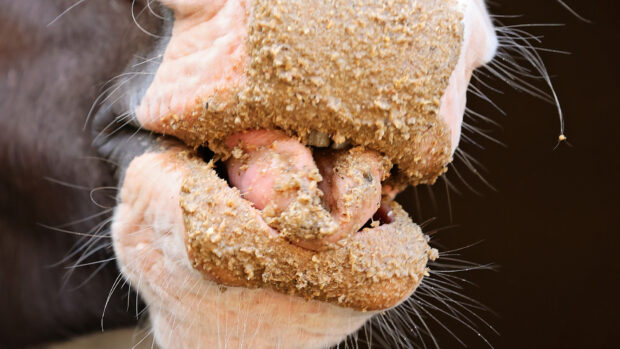Spillers' equine nutritionist Clare Barfoot provides one H&H forum user with some helpful advice on how to feed when hay quality is changeable
Q: “I was hoping for some advice about supplementary feeding. The hay that we get in this part of Scotland is, erm, variable as it’s not generally known to be good haymaking weather up here. It’s good enough to keep my cob ticking over, but he’s always rather lacklustre come spring. This year I wish to do more with him, but feel he needs a bit more from his food as more effort will be asked of him. Oats agree with him, but mixes don’t due to the molasses. So I suppose my question is, can I feed a few handfuls of concentrates to counteract the lower nutritional value of the hay (that they have plenty of)? If so, to work this out, do I need to get my forage analysed or can one ‘guesstimate’ it? I’m fairly new to the area and I don’t know any local horse owners that I could ask about this. I really want to do the best for him to feel and be healthier. Any help would be appreciated.”
A: Thank you for your question and you are to right to be thinking about balancing the deficiencies in your hay as even the best made, nutritious hay and haylage can’t be guaranteed to provide a fully balanced diet. If you want to check on what your hay is actually providing, you can have it analysed but it’s not entirely necessary as long as you chose an appropriate product to balance it. If your hay source isn’t consistent, analysing it might not be the most practical solution either.
As your hay isn’t the best nutritional quality it is important that it is at least hygienically clean or it may contribute to colic or respiratory issues. If you are worried about dust, it is advisable to submerge your hay for 20-30 minutes to swell any mould spores so they stick to the hay shaft and are not inhaled. Or if you are lucky enough to have access to a hay steamer, this will significantly improve the hygienic quality.
Continued below…
Related articles:
- H&H forum: find out what H&H readers suggested
- Find out more about feeding your horse
- Read the 10 golden rules of feeding
When it comes to choosing a feed to complement your cob’s hay, the most important consideration, as you have suggested, is making sure your gelding has a balanced diet as this could be one of the reasons he appeared to be a little lack lustre at the end of the winter last year. Which feed you chose should depend on his current condition and how well he holds his weight. If he holds his weight well and is in ideal condition, a balancer designed to complement a forage based diet is ideal. SPILLERS Lite and Lean Balancer is perfect in these situations as it contains all the vitamins and minerals your boy needs plus very high levels of the important amino acid lysine which is often lacking in hay especially hay of poorer quality that can be very low in protein. This can be mixed in a smaller amount of low calorie chopped fibre.
If he requires some condition opt for feeding a high fibre cube or a chopped fibre feed that is low in sugar and starch, it’s always best to try this approach before opting for conditioning products especially with natives.
Continued below…
For more information on feeding your horse this winter call the SPILLERS Care-Line on 01908 226626.




